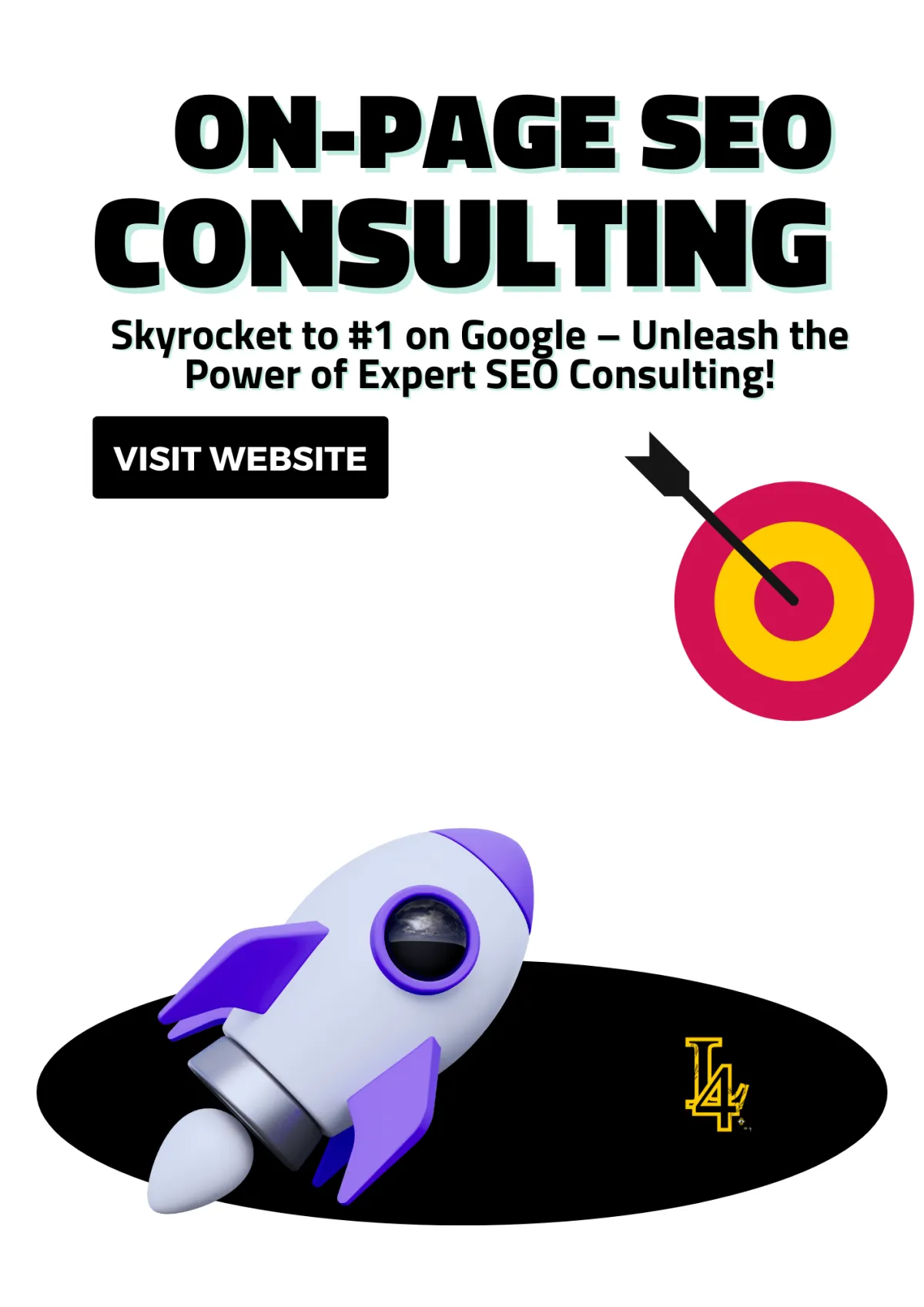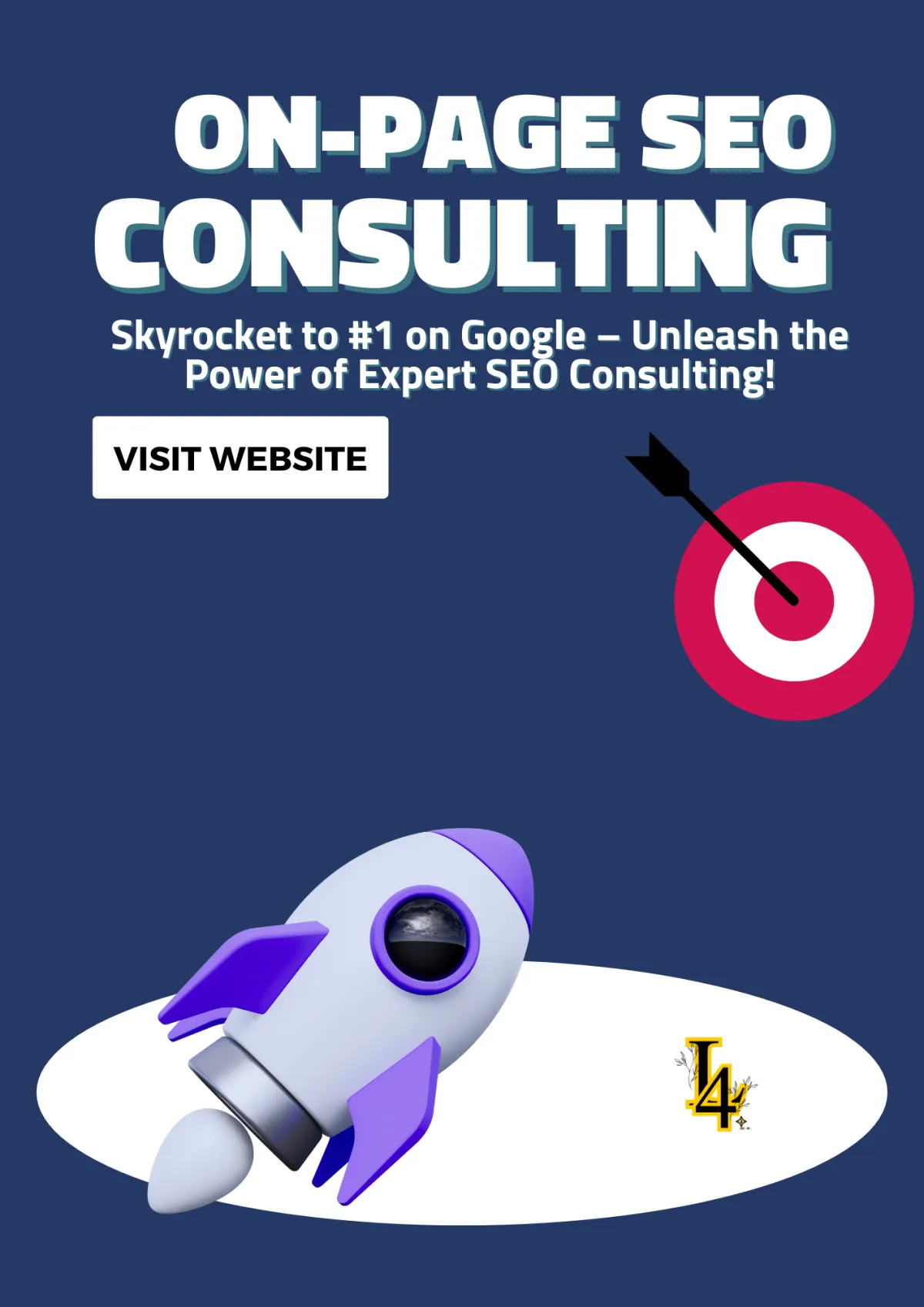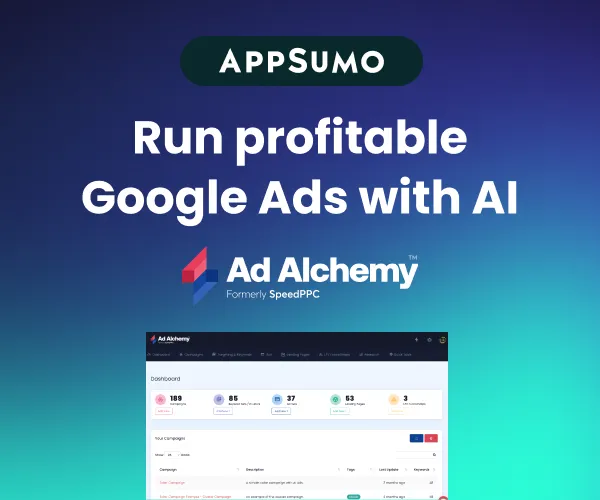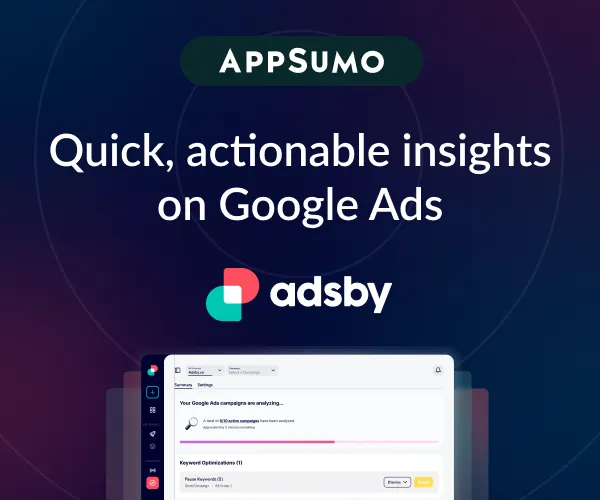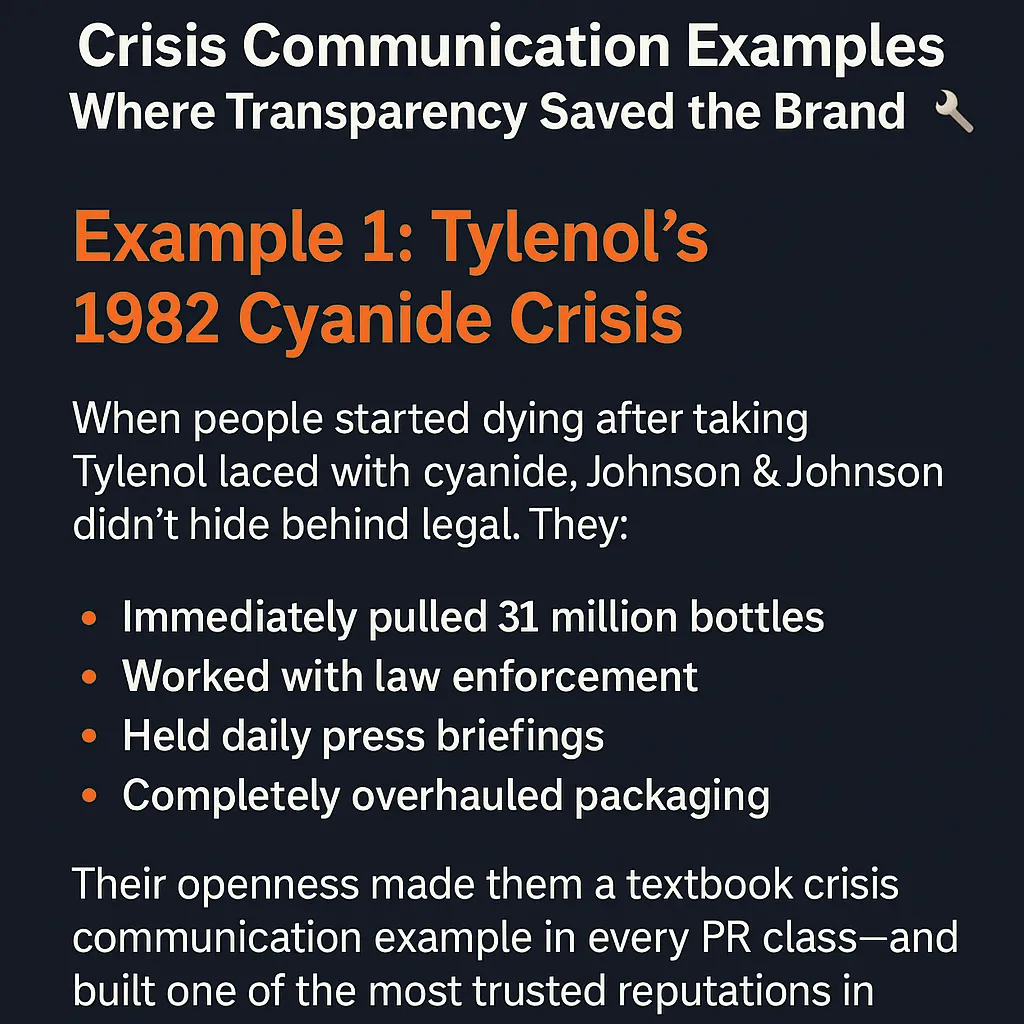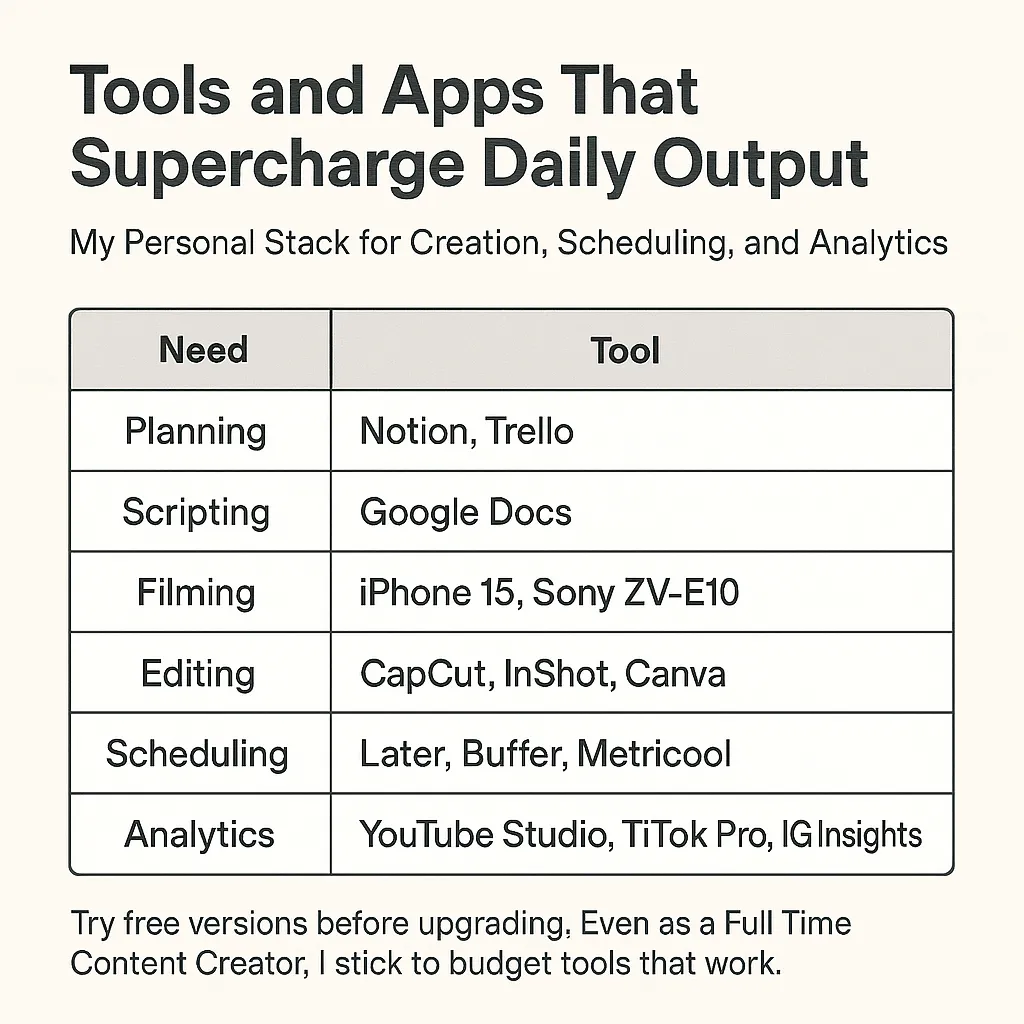
How I find the Right Keywords To Rank On Page 1 of Google
This post contains affiliate links, which means I may earn a small commission if you make a purchase through these links—at no extra cost to you. This helps support my content and allows me to continue reviewing amazing products. Thank you for your support! 😊✨
Keyword research is the cornerstone of any successful SEO strategy, but finding the right keywords can feel overwhelming when you're just starting. I’ve been there, and I’ve learned through trial and error what works and what doesn’t. This guide will walk you through the exact steps I use to discover keywords that drive meaningful traffic and lead to conversions. Let’s get started!

How to Find Keywords That Drive Traffic & Rank on Google
Step 1: Evaluate Search Volume
The first step in identifying keywords that drive traffic is understanding search volume—how often a keyword is searched in a given period. Search volume reveals not only the potential reach of a keyword but also its relevance to your audience. Here’s how I approach it:
Why Search Volume Matters
Traffic Potential: Keywords with higher search volumes offer greater opportunities for visitors to discover your site. Tools like Google Keyword Planner and SEMrush can help identify these high-traffic terms.
Relevance: Search volume indicates whether your audience is actively searching for that term. Targeting keywords with no interest won’t result in traffic, no matter how well you rank.
Balancing Competition: While high-volume keywords can be appealing, they often come with fierce competition. For new websites, it’s better to balance search volume with ranking difficulty.
How to Use Search Volume Effectively
When starting, I prioritize keywords that have moderate search volumes but align closely with my content goals. This ensures that I’m reaching an audience that’s interested and more likely to engage.
Example: Instead of targeting “web design” (a high-volume but highly competitive term), I might target “custom web design for small businesses.”
Step 2: Assess Domain Strength

When deciding which keywords to pursue, understanding your site’s domain strength—and comparing it to competitors—is critical. Domain strength determines your ability to rank for certain keywords.
Why Domain Strength Matters
Realistic Goals: If your site is new with a domain strength of 10, competing for a keyword against a site with a domain strength of 70 isn’t realistic.
Gradual Growth: Focusing on less competitive keywords allows you to rank faster, build authority, and gradually target more competitive terms.
How to Choose Keywords Based on Domain Strength
Focus on Competition Scores Under 50: I target keywords where competing domains have a strength score of 50 or lower. This gives my site a fair chance to rank.
Analyze Competitor Strength: Tools like Ahrefs or Moz can reveal the domain ratings of competitors for specific keywords, helping you spot opportunities.
Example Scenario:
If I’m launching a site for eco-friendly products, I wouldn’t target “eco-friendly products” immediately. Instead, I’d start with niche terms like “affordable eco-friendly kitchen gadgets,” where competitors are less authoritative.
Step 3: Understand Ranking Difficulty
Ranking difficulty measures how challenging it is to rank for a specific keyword based on competition, content quality, and backlinks. For newer websites, targeting keywords with lower difficulty is a smart way to gain traction.
Why Ranking Difficulty Is Important
Competition Level: High-difficult keywords are usually dominated by established sites, making it tough for smaller sites to rank.
Faster Results: Low-difficulty keywords allow you to see progress sooner, keeping your momentum strong.
Efficient Resource Use: By focusing on achievable keywords, you optimize your efforts for better ROI.
How to Target Low-Difficulty Keywords
Use Long-Tail Keywords: These are longer, more specific phrases that often have lower difficulty and higher conversion potential.
Leverage Niche Terms: Keywords like “best organic skincare for teens” are less competitive than broader terms like “organic skincare.”
Pro Tip: Tools like SEMrush and Ubersuggest can analyze ranking difficulty, helping you prioritize terms that match your site’s authority level.
Step 4: Consider Cost Per Click (CPC)

CPC isn’t just for advertisers—it’s a valuable indicator of keyword profitability. High CPC keywords often signal high intent and strong conversion potential, even if you’re not running paid ads.
Why CPC Matters
Value Validation: If businesses are paying significant amounts for a keyword, it’s likely driving sales or leads.
Audience Intent: High CPC keywords indicate that users are ready to take action, whether it’s making a purchase or signing up.
How to Leverage CPC Data
Prioritize high-CPC keywords in your content strategy to attract high-quality traffic.
Use these keywords to create content with clear calls to action, such as product pages, service descriptions, or lead magnets.
Example: A keyword like “best CRM software” with a high CPC would be ideal for a blog post comparing popular tools and linking to your recommended solution.
Step 5: Analyze Estimated Monthly Clicks
Estimated monthly clicks give a realistic view of how much traffic a keyword might bring. This metric combines search volume, CTR, and competition to provide actionable insights.
Why Monthly Clicks Matter
Traffic Potential: While a keyword might have high search volume, low clicks may indicate poor CTR or irrelevant results.
Effort Prioritization: Focus on keywords with higher estimated clicks to maximize traffic potential.
Conversion Optimization: Keywords with higher clicks often attract more engaged users, increasing your chances of conversion.
How to Use Monthly Clicks in Your Strategy
Compare keywords with similar search volumes but different click estimates.
Choose the keyword that aligns with your audience’s intent and offers a higher likelihood of generating traffic.
Example: If “web design trends” have higher monthly clicks than “latest web design ideas,” prioritize the former for your next blog post.
The Power of Long-Tail Keywords to Rank on Google
When it comes to improving your website’s ability to rank on Google, long-tail keywords are one of the most effective tools in your SEO arsenal. These longer, more specific phrases may have lower search volumes compared to broad keywords, but they offer a variety of unique advantages that can drive meaningful traffic and conversions.
As I’ve refined my keyword strategy over time, I’ve learned that long-tail keywords not only help new websites break into competitive markets but also provide a way to capture highly targeted audiences. Let’s explore why these keywords matter and how to use them effectively to improve your ability to rank on Google.
What Are Long-Tail Keywords?

Long-tail keywords are longer, more detailed search phrases that cater to specific search intents. While a general keyword might be “web design,” a long-tail variation could be “affordable web design for small businesses.”
Key Characteristics of Long-Tail Keywords:
Lower Search Volume: They don’t get as many searches as broad keywords, but the traffic they attract is often highly relevant.
Lower Competition: Since fewer businesses target these terms, they’re easier to rank for, especially for newer websites.
Higher Conversion Rates: Long-tail keywords often capture users who are closer to making a decision, whether it’s purchasing a product or signing up for a service.
Why Long-Tail Keywords Help You Rank on Google
Relevance to User Intent:
Long-tail keywords are better aligned with specific user needs. Google prioritizes content that matches search intent, so using these keywords increases your chances of ranking higher.Reduced Competition:
Competing for “web design” might be impossible for a new site, but ranking for “custom web design for startups” is much more achievable.Voice Search Optimization:
With the rise of voice search, users often phrase queries as long-tail keywords. Optimizing for these helps you rank in both text and voice searches.
How to Find Long-Tail Keywords
Use Tools Like AnswerThePublic: This tool generates long-tail keywords based on common questions and phrases related to your topic.
Analyze Google’s “People Also Ask” Section: This feature often reveals additional long-tail keywords related to your primary keyword.
Dive into Forums and Social Media: Platforms like Reddit or niche-specific Facebook groups often showcase how users phrase their queries, inspiring long-tail terms.
Integrating Long-Tail Keywords to Rank on Google
When I started focusing on long-tail keywords, I integrated them naturally into my website’s structure. I created:
Blog posts answering specific user questions (e.g., “How to find affordable web design services”).
Service pages targeting niche terms (e.g., “Custom web design for real estate agents”).
FAQ sections optimized with long-tail queries.
The result? My website began to rank on Google for highly specific searches, which not only drove traffic but also increased conversions.
Understanding Search Intent to Help Rank on Google

Ranking on Google isn’t just about using the right keywords—it’s about aligning your content with what users are looking for. Search intent refers to the purpose behind a user’s query and is a critical factor in creating content that performs well.
Through my SEO journey, I’ve realized that understanding and optimizing for search intent can transform your ability to rank on Google. Let me break it down.
What Are the Types of Search Intent?
Informational Intent:
Users are looking for answers or explanations.Example query: “What is responsive web design?”
Navigational Intent:
Users want to find a specific website or resource.Example query: “Google Keyword Planner login.”
Transactional Intent:
Users are ready to take action, such as making a purchase or signing up for a service.Example query: “Buy affordable web design services.”
Commercial Investigation Intent:
Users are comparing options or researching before committing.Example query: “Best tools for ranking on Google.”
How Search Intent Impacts Your Ability to Rank on Google
Google prioritizes content that aligns with search intent. If you misunderstand the intent, your content won’t satisfy the user, leading to higher bounce rates and lower rankings.
For instance:
If someone searches “how to create a website,” they expect a guide, not a service page. Providing the wrong content will hurt your ability to rank on Google.
How to Identify Search Intent
Analyze the SERPs: Look at the top-ranking pages for your target keyword. Do they include blog posts, product pages, or tutorials?
Use Google’s “Related Searches” Feature: It often reveals queries with similar intent.
Consider the Keyword Itself: Words like “buy” or “best” signal commercial or transactional intent, while “how to” indicates informational intent.
Optimizing for Search Intent to Rank on Google
Once you’ve identified intent, structure your content accordingly. For example:
Informational Intent: Create in-depth guides, FAQs, or tutorials.
Transactional Intent: Focus on service pages, product descriptions, or CTAs that drive action.
Tools for Competitor Keyword Analysis to Rank on Google
If you want to rank on Google, learning from your competitors is invaluable. Competitor keyword analysis reveals gaps in your strategy, helps identify opportunities, and shows how top-ranking sites succeed.
Why Competitor Keyword Analysis Matters
Discover New Keywords:
Competitors might rank for terms you haven’t considered.Understand Content Gaps:
Find areas where competitors are underperforming and fill the void.Set Realistic Goals:
Analyze what’s working for competitors to shape your strategy.
Tools for Competitor Keyword Analysis
Ahrefs:
Reveals competitor keywords, backlinks, and ranking difficulty.
SEMrush:
Offers keyword gap analysis to compare your site against competitors.
SpyFu:
Tracks competitors’ PPC and organic keywords.
Creating a Keyword Research Checklist to Rank on Google
Sponsored Products
More Articles
Turn Clicks to Cash: Build a Web Template That’s Straight Heat
Master the Art of Web Page Outlines: Your Blueprint for a High-Performing Website
How Business Optimization Services Drive Scalable Success
What to Expect in Your First Month with a PPC Consultant
5 Meta Description Tips for Beginners: Write Like a Pro!
Get More Customers with GMB Optimization – Rank #1 in Your Area!
Online Reputation Specialist Shares Secrets to Boosting Trust & SEO Rankings
Reputation Management in Connecticut: How to Protect and Enhance Your Online Image
Online Reputation Cost: How Much Should You Pay to Fix Bad Reviews?
Top Content Creation Hacks the Pros Don’t Want You to Know!

Sponsored Products
Mari Charel Hydration Booster Conditioner

Transform your hair with our Hydration Booster Conditioner, designed to moisturize, nourish, and restore brilliance with the power of nature. Infused with rosemary & clove, this lightweight yet deeply penetrating conditioner revives dry, brittle strands, making your hair more manageable, smooth, and radiant.

Gya Labs Rosemary Essential

Transform your hair with our Hydration Booster Conditioner, designed to moisturize, nourish, and restore brilliance with the power of nature. Infused with rosemary & clove, this lightweight yet deeply penetrating conditioner revives dry, brittle strands, making your hair more manageable, smooth, and radiant.
Kukka Rosemary Oil for Hair

For fuller-looking hair. Rosemary oil for hair or aceite de romero para el cabello is the perfect addition to daily hair rituals for natural hair nourishment. Add 1-2 drops of pure rosemary essential oil into hair care routines.
Nourishing for skin. Rosemary oil for skin may also help to cleanse and nourish dry and dull-looking complexions to enjoy supple-looking skin. Use 1-2 drops of essential oils rosemary with carrier oil to make a face-cleansing oil.
AVD Organics Rosemary Oil

100% Pure and Natural: AVD Organics Rosemary Essential Oil is completely organic and is extracted through the process of steam distillation. This means it is free from toxins, additives, or any nasty chemicals. Completely unfiltered and undiluted for the best result.
Pure Rosemary Essential Oil

Pure Rosemary Essential Oil Bulk Size - Undiluted Rosemary Oil for Hair Skin and Nails and Refreshing Aromatherapy Oil for Diffusers - Cleansing Rosemary Essential Oil for Dry Scalp Care 8oz

